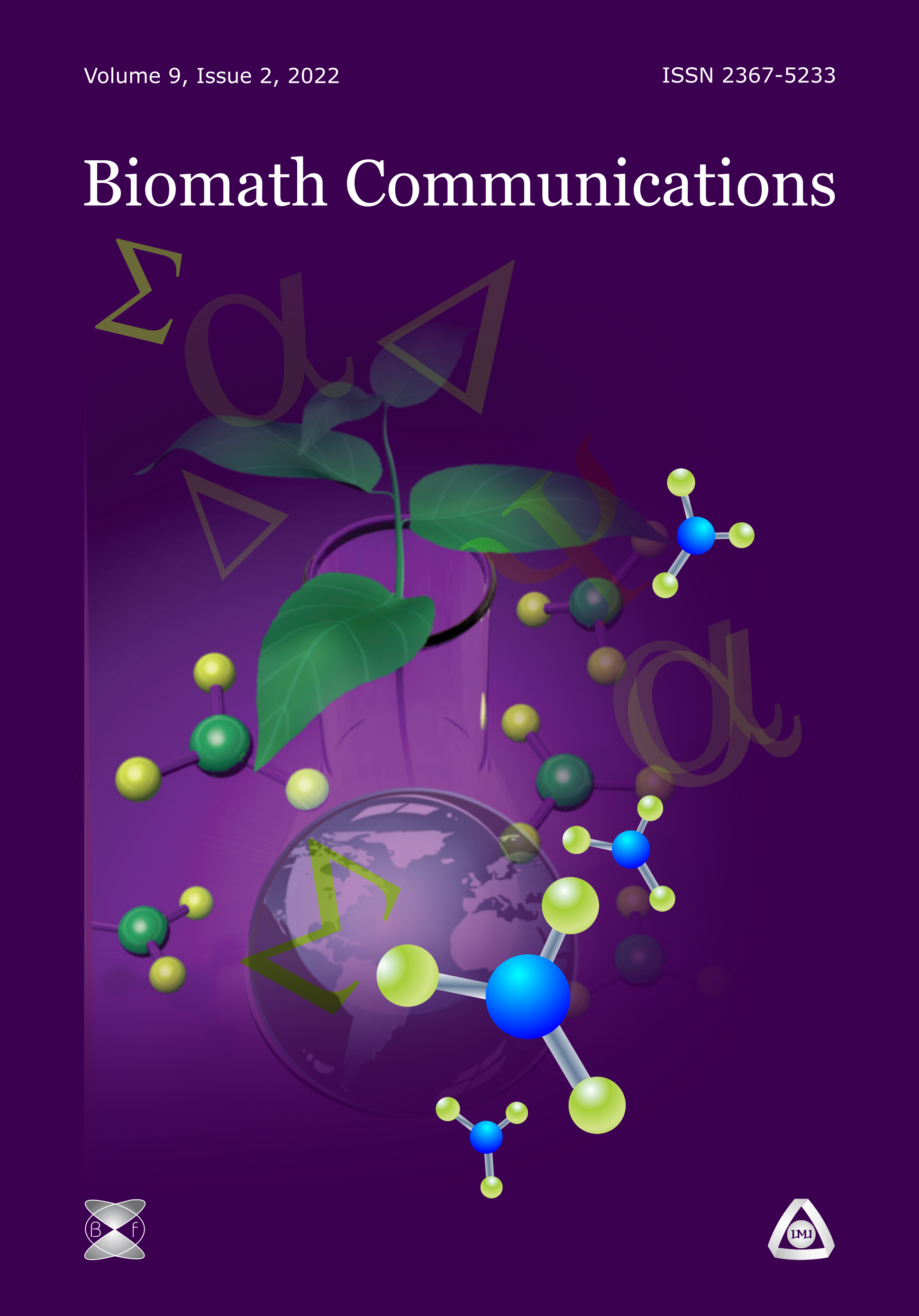The Role of Horseflies in the Prevalence of Equine Infectious Anemia (EIA) in the Brazilian Pantanal
DOI:
https://doi.org/10.11145/139Abstract
The Equine Infectious Anemia (EIA) is an incurable disease caused bya virus belonging to the genus of the AIDS virus (Lentivirus, family Retro-viridae). EIA has a high prevalence in the Brazilian Pantanal and recentlyBorges at al. [1] have found highly distinct values for the disease preva-lence in non-ooded andВ ooded farm areas, which are 0.85% and 42.10%,respectively. This phenomenon has been credited to a much higher popu-lation of the insect vector, the horseies (Tabanus sp.), on wetlands whencoupled with warm temperatures. Based on the literature we redened thevalues of the model parameters presented in [2], emphasizing the proba-bility of EIA transmission by the insect vector. From simulation scenarioswe showed that the high prevalence of the disease could not be attributedonly to horseies. In fact, we found that the insect vector has an almostnegligible role in the disease transmission process and we concluded that itis necessary to examine carefully the management of animals in theВ oodedregions.Downloads
Published
Issue
Section
License
The journal Biomath Communications is an open access journal. All published articles are immeditely available online and the respective DOI link activated. All articles can be access for free and no reader registration of any sort is required. No fees are charged to authors for article submission or processing. Online publications are funded through volunteer work, donations and grants.
Authors who publish with this journal agree to the following terms:
- Authors retain copyright and grant the journal right of first publication with the work simultaneously licensed under a Creative Commons Attribution License 4.0 that allows others to share the work with an acknowledgement of the work's authorship and initial publication in this journal.
- Authors are able to enter into separate, additional contractual arrangements for the non-exclusive distribution of the journal's published version of the work (e.g., post it to an institutional repository or publish it in a book), with an acknowledgement of its initial publication in this journal.
- Authors are permitted and encouraged to post their work online (e.g., in institutional repositories or on their website) prior to and during the submission process, as it can lead to productive exchanges, as well as earlier and greater citation of published work (See The Effect of Open Access).

